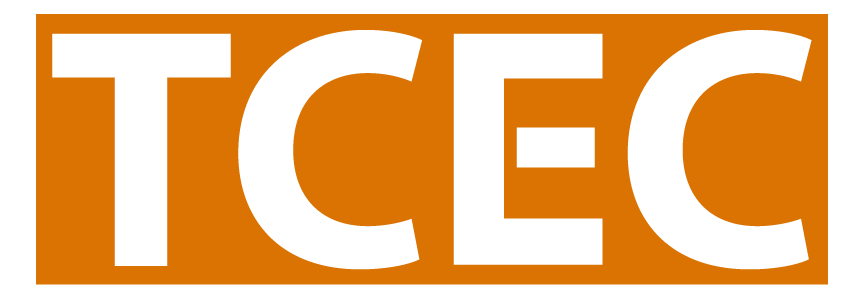
Fall Back!
Daylight saving time is coming to a close here in California. When we were younger, my brother would call POP-CORN, which was a phone service that you could call and hear the correct time. Did you ever do that? He would call POP-CORN right before the time change, and the automated message would answer, “At the tone, Pacific Daylight Time will be…1:59 and 50 seconds.” Then 10 seconds later the chime would say, “Pacific Standard Time will be 1:00 exactly.”
It’s an odd thing to hear something different than what would usually occur or what we expect to happen. Changes like these can be disorienting on top of everything we’ve already been handling like work piling up, staff turnover, personal and professional responsibilities, unseasonably warm weather, and other changing deadlines. Even though we know change is inevitable, I always find it takes some extra time to adapt and find a new groove. The best tip I have to get there smoothly is to ask for help!
Our fellow statewide projects, coordinating centers and TA providers, are specifically funded to support all of CTPP’s projects. We each have different areas of expertise and a variety of methods to share our services with you all, but we also all share the same goal, which is to support you all in your tobacco prevention work. Your fellow projects are also an invaluable resource. You can reach them directly, post and reply to one another via InfoHub, and join the various communities of practice, especially the Tobacco Evaluator Alliance (TEA).
Speaking of getting help from TEA about an upcoming change, to the LLA evaluators in the midst of open revisions, be sure to check out the Special Topics Forum by the Tobacco Evaluator Alliance (TEA). There are changes for LLA’s about when FERs (Final Evaluation Report) or BERs (Brief Evaluation Report) are due depending on what changes are planned for each objective.
- For those planning on continuing the same primary objective in the same jurisdictions, a BER is due by July 31, 2025 (along with the rest of the progress report). Then, the FER has a new due of June 30, 2027, which is the last day of the contract. Submitting a BER in 2025 allows your project to reflect and document on the work completed so far rather than waiting another two years to do so. Your team’s efforts in producing the primary objective BER can be treated as a first draft to the FER.
- If your project is planning on changing objectives or jurisdictions, a BER of the 2020-2025 work should be submitted by July 31, 2025 (along with the rest of the progress report). Then a FER for primary objectives and BER for non-primary objectives focused on the new objective or jurisdiction will be submitted June 30, 2027. So, if major changes are planned for the objective or jurisdiction, submitting a BER in 2025 serves as a wrap up to your 2020-2025 efforts. Reports submitted in 2027 will cover your team’s efforts from 2025-2027 on the new objective and/or jurisdiction.
- Since LLAs must support a local tobacco prevention coalition, these asset objectives do not have additional reporting beyond the usual progress reporting. The BER for asset objectives will now be due on the last day of the contract, June 30, 2027.
- Be sure to check out the additional questions addressed on the LLA Guidelines page on Partners.
While POP-CORN may no longer be a quirky way to get help, all CTPP-funded projects are surrounded by full service resources customized to help with your tobacco prevention work. Many projects are wrapping up multi-year efforts and will be documenting their reflections in their closing reports. Our best advice is to start early and use an organization system that works for your team. You can bet that TCEC will be there to support you, but just don’t wait until the last second!
